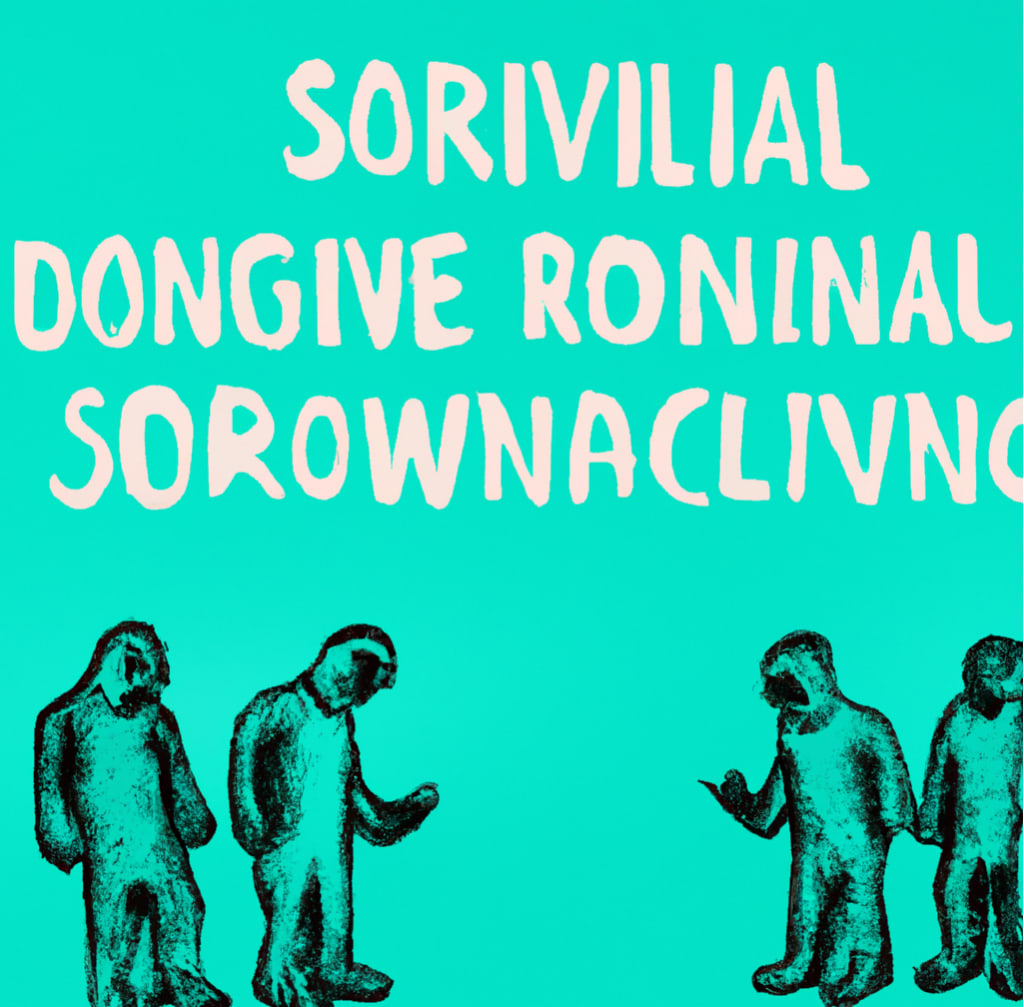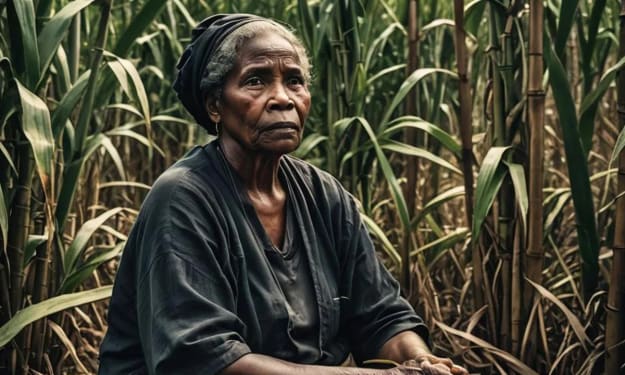
Let's start by introducing some basic concepts. Different organisms employ different strategies during the process of evolution. In 1967, the biological community first categorized survival strategies into two main types: r-strategy and K-strategy, representing two distinct patterns of how different species adapt to their environments. Characteristics of r-strategy species include short lifecycles, small body sizes, rapid reproduction, high number of offspring per reproductive event, and low survival rates. Insects, for example, are representative animals of this strategy. They reproduce prolifically, and when the environment changes significantly, they don't adopt proactive strategies. Instead, they rely on producing numerous offspring with variations to cope. For instance, when temperatures drop, they don't employ sophisticated ways to keep warm. Instead, they give birth to many offspring, and those that can't withstand the cold will perish, leaving a very small number with cold-resistant traits to survive. Through their exceptionally high reproductive rate, they generate a large number of similarly cold-resistant offspring, enabling the population to successfully address the crisis of colder climate.
Contrary to the r-strategy, K-strategy species possess characteristics that are quite different. Generally, K-strategy species have longer lifecycles, larger body sizes, higher individual capacities compared to r-strategists, but they reproduce more slowly and produce fewer offspring. Humans are a prime example of K-strategy species. When faced with environmental changes, K-strategists respond actively, which sets them apart from r-strategists. If the climate gets colder, humans will construct shelters for warmth, utilize animal fur to make clothing, create fire, engage in communal living to reduce costs, rather than confronting changes by merely producing a multitude of offspring at the expense of their own lives, as r-strategy species tend to do.
Extremely K-strategy and extremely r-strategy species are rare; most species exist along a continuous spectrum between the two. Without a doubt, humans are currently the species closest to the K-strategy end among all the living species on Earth. However, even in humans, traces of the r-strategy can sometimes emerge. For instance, AIDS is a troublesome disease, but there are very few individuals in the world who, due to a Δ32 mutation (not explained here), cannot contract AIDS; the AIDS virus has no effect on them. At the same time, humanity is also combating AIDS, from inventing cocktail therapies, to the first successful cure of an AIDS patient in 2008 (extremely difficult, in simple terms, it involved a leukemia patient with AIDS receiving a bone marrow transplant from a donor with the Δ32 mutation after completely eradicating the patient's bone marrow, effectively eliminating the HIV from the body; this method has an extremely low success rate and requires exceptional circumstances, I can explain further next time if you're interested), to ongoing efforts by scientists to find effective treatments for AIDS. These strategies involve using medical means to combat the disease, exhibiting a remarkable execution of the K-strategy.
For individuals with even a slightly normal way of thinking, it's clear that when facing AIDS, people should employ the K-strategy: seeking treatment through medical methods.
Therefore, in principle, social Darwinism is completely unfounded. Still, some individuals inevitably invent theories like, "Why not use both r-strategy and K-strategy simultaneously? You develop education and medicine on one hand, and I eliminate a portion of the population on the other. Wouldn't this be faster?" Therefore, I will discuss the drawbacks of social Darwinism from a consequence-based perspective.
First and foremost, it should be clear that because the environment is always changing, what might be the local optimum at one point in time may not necessarily be the global optimum in the future. Imagine if the external world were all bamboo, and pandas, being exclusively bamboo eaters, appeared to have an advantage. However, when the bamboo forest gets divided or changes, the pandas, who solely rely on bamboo, would struggle to adapt, and their survival space would become increasingly restricted, eventually leading to their extinction. In ancient times, women were often seen as tools for reproduction, and people believed that women with ample breasts (favorable for breastfeeding) and wide hips (facilitating childbirth due to a larger pelvis) were considered desirable. If we had only eliminated individuals based on their suitability for reproduction, leaving only women with ample breasts and wide hips, our society today would find it challenging to adapt to the diverse array of tasks requiring different abilities and talents that women now excel at. By narrowing down our genetic diversity through such selective breeding, we make it difficult for humans to adapt to changing environments in the future.
Human society is characterized by clear specialization, and in a diversified environment, it's difficult to define which individuals are inferior. You might consider disabled individuals a burden, but among them, there are remarkable figures like Stephen Hawking, a great scientist, and Shi Tiesheng, a renowned writer. Despite their disabilities, they are exceptional gems in the realm of human civilization. You may believe that unintelligent people should be eliminated, but we can't definitively define what constitutes stupidity; so-called IQ tests measure performance in alignment with intelligence, not intelligence itself. Someone with limited cognitive abilities may excel at facilitating relationships within groups or possess unique talents in specific domains. In the highly diversified environment of human society, the standards of measurement are exceedingly rich, encompassing cognitive abilities, physical prowess, emotional intelligence, musical talents, and various skills. We cannot assert who is inferior in an absolute sense.
Each race or individual has their unique characteristics that may be advantageous in one environment and less so in another. Please refrain from making rash judgments about human beings by forcefully categorizing them as superior or inferior. Throughout human history, the forced definition of "inferiority" has led to catastrophic consequences. The Nazis considered Jews as inferior, implemented racial genocide, and inflicted tremendous damage on human civilization. The "inferior" Einstein left and helped the United States create the atomic bomb. Today, existing racial discrimination exacerbates conflicts and brings about significant problems. Yet, social Darwinists show no remorse for this, instead using their shallow ideologies to distort Darwin's theory, and gloss over their erroneous viewpoints. I must point out this mistake.
In fact, the word "evolution" is a mistranslation in Chinese. "Evolution" suggests a specific direction of progress and imposes an inexplicable notion of "better" and "worse" based on personal biases. In reality, the development of species doesn't conform to such notions; everything evolves in the vast and mysterious realm of existence.
About the Creator
Enjoyed the story? Support the Creator.
Subscribe for free to receive all their stories in your feed. You could also pledge your support or give them a one-off tip, letting them know you appreciate their work.





Comments
There are no comments for this story
Be the first to respond and start the conversation.